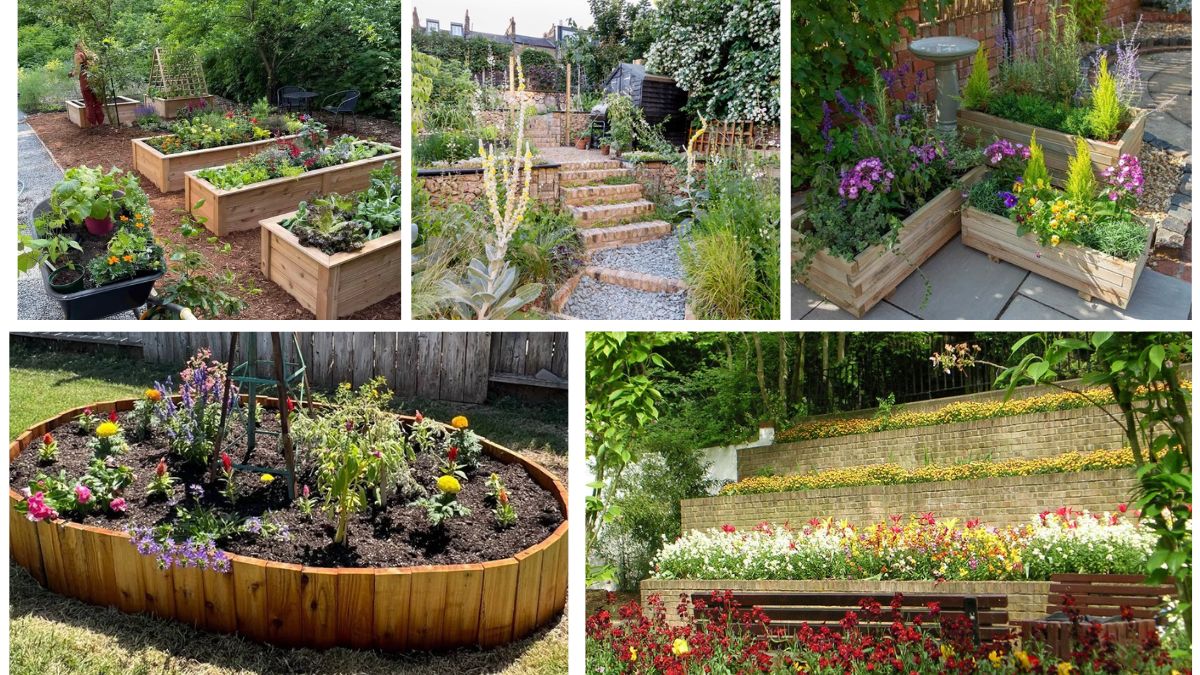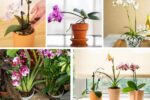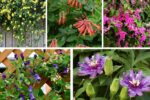Gardens are more than just patches of greenery – they are living works of art. By designing them with dimension and structure, you can create landscapes that are both functional and beautiful. One of the most striking ways to elevate a garden’s appearance is through multi-tiered flower beds. These layered plantings not only add depth and visual interest but also maximize growing space, making them ideal for both small yards and expansive landscapes.
In this guide, we’ll explore five creative multi-tiered flower bed ideas that can completely transform your outdoor space into a vibrant, dynamic retreat. Each idea comes with detailed tips, design inspiration, and plant suggestions to help you bring your vision to life.
Why Choose Multi-Tiered Flower Beds?

Before diving into the design ideas, let’s look at why multi-tiered flower beds are worth considering:
- Adds depth and drama: Layers of varying heights create a sense of movement and dimension.
- Maximizes planting space: Vertical arrangements allow more flowers and plants to fit in smaller areas.
- Improves visibility: Each plant gets its own stage, so no blooms are hidden at the back.
- Offers plant variety: Different heights let you mix shrubs, perennials, annuals, and trailing plants together beautifully.
- Erosion control: Tiers can help manage soil movement in sloped gardens.
Now, let’s explore five inspiring ideas for building your own multi-tiered flower beds.
1. Stone-Retained Multi-Tiered Beds
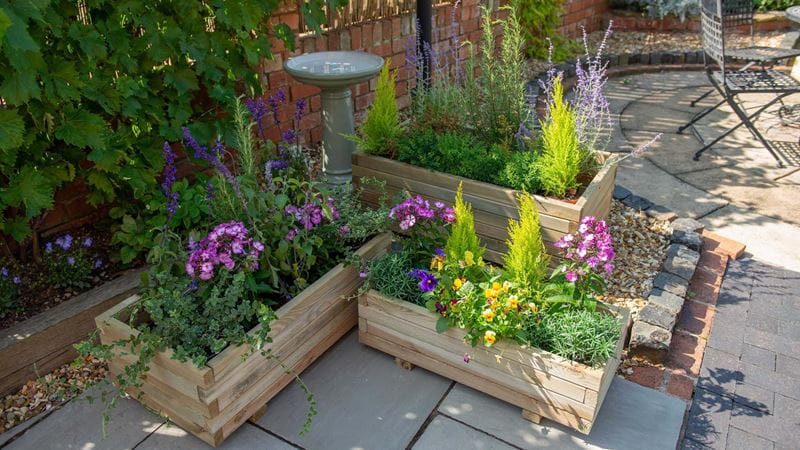
Using natural or decorative stones to create tiers is one of the most popular approaches for multi-tiered flower beds. Stones not only provide strong support but also add rustic elegance to your garden.
Design Tips:
- Use large retaining stones or bricks to form a circular, semi-circular, or rectangular layered structure.
- The bottom tier can host medium-height shrubs like lavender or hydrangeas.
- Middle tiers are great for colorful perennials like daisies, daylilies, or petunias.
- Top tiers should feature tall, statement plants like ornamental grasses or sunflowers.
Plant Suggestions:
- Base tier: Lavender, salvia, or dwarf roses.
- Middle tier: Geraniums, snapdragons, or pansies.
- Top tier: Coneflowers, black-eyed Susans, or decorative grasses.
This type of bed works especially well in sloped gardens where the natural incline supports the structure.
2. Wooden Raised Tiered Beds
Wooden tiered flower beds offer a neat, modern, and customizable design option. These are often built using raised garden bed kits or handcrafted with planks of cedar, pine, or redwood.
Design Tips:
- Arrange tiers in rectangular steps or pyramid shapes for a structured look.
- Choose untreated, rot-resistant wood for durability.
- Line the base with landscape fabric to prevent weeds while allowing proper drainage.
- Place bright annuals in the middle levels and cascading plants like ivy or sweet potato vine on the edges.
Plant Suggestions:
- Base tier: Marigolds, begonias, or coleus for colorful ground cover.
- Middle tier: Herbs like basil and parsley mixed with petunias or zinnias.
- Top tier: Bushy flowers like dahlias or dwarf sunflowers.
Wooden tiered beds are particularly useful in small backyards or patios where maximizing space is essential.
3. Circular Multi-Tiered Flower Beds
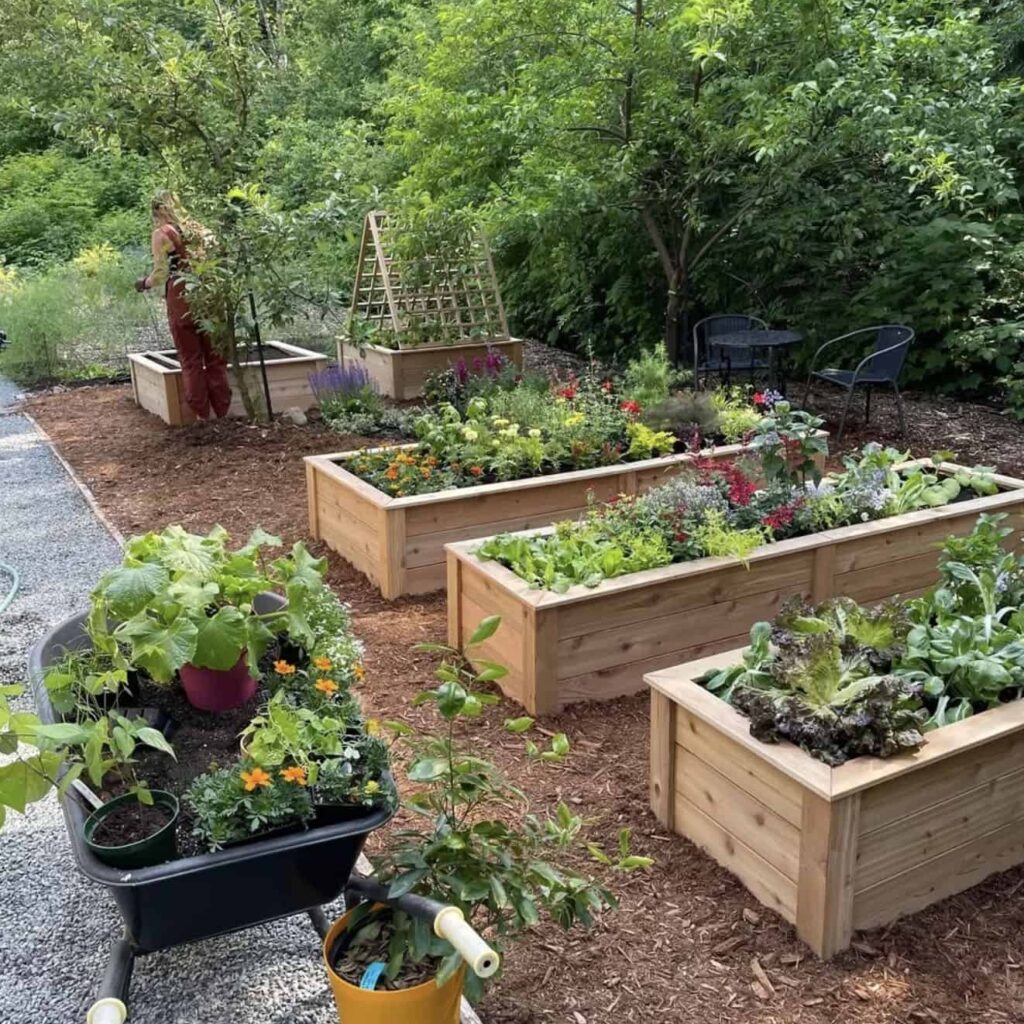
Circular, layered beds instantly become the focal point of any garden. They can be designed in concentric circles, giving the effect of a floral fountain.
Design Tips:
- Construct tiers using bricks, pavers, or decorative concrete blocks.
- Make the innermost tier tallest, with each surrounding circle decreasing in height.
- Fill each ring with contrasting flower colors for a dramatic, eye-catching effect.
- Place a small ornamental tree or large flowering shrub in the center for emphasis.
Plant Suggestions:
- Center (top tier): Dwarf Japanese maple, hibiscus, or rose bushes.
- Middle tier: Tulips, lilies, or dahlias.
- Outer tier: Creeping thyme, alyssum, or wave petunias for cascading color.
Circular tiered flower beds work beautifully in the middle of lawns, driveways, or as standalone garden features.
4. Terraced Multi-Tiered Beds for Slopes
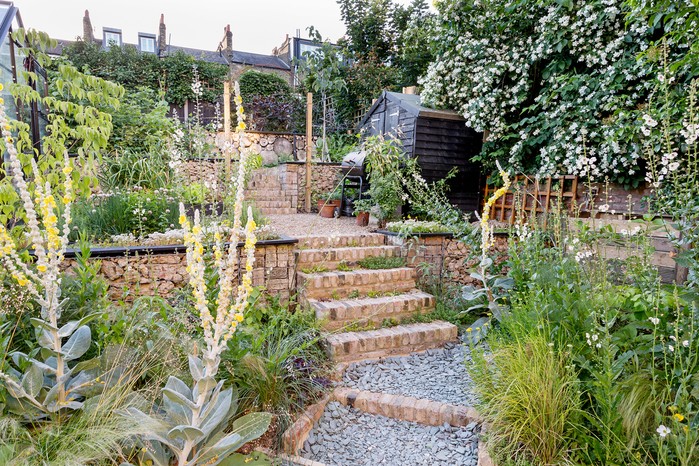
If your garden has a natural incline, terraced flower beds are a practical and stunning solution. They transform uneven land into a series of usable planting areas while preventing soil erosion.
Design Tips:
- Use retaining walls with bricks, railroad ties, or stone to form terraces.
- Each terrace should have its own plant palette, blending harmoniously with the next.
- Add pathways or stepping stones between tiers for easy access and visual appeal.
- Use hardy, deep-rooted plants to anchor the soil.
Plant Suggestions:
- Lowest tier: Ground covers like creeping phlox, sedum, or moss roses.
- Middle tiers: Perennials like hostas, echinacea, or bee balm.
- Upper tiers: Taller plants such as hollyhocks, foxgloves, or ornamental grasses.
Terraced designs are perfect for hillside gardens, giving a grand, layered look while enhancing stability.
5. Tiered Planter Beds for Small Spaces
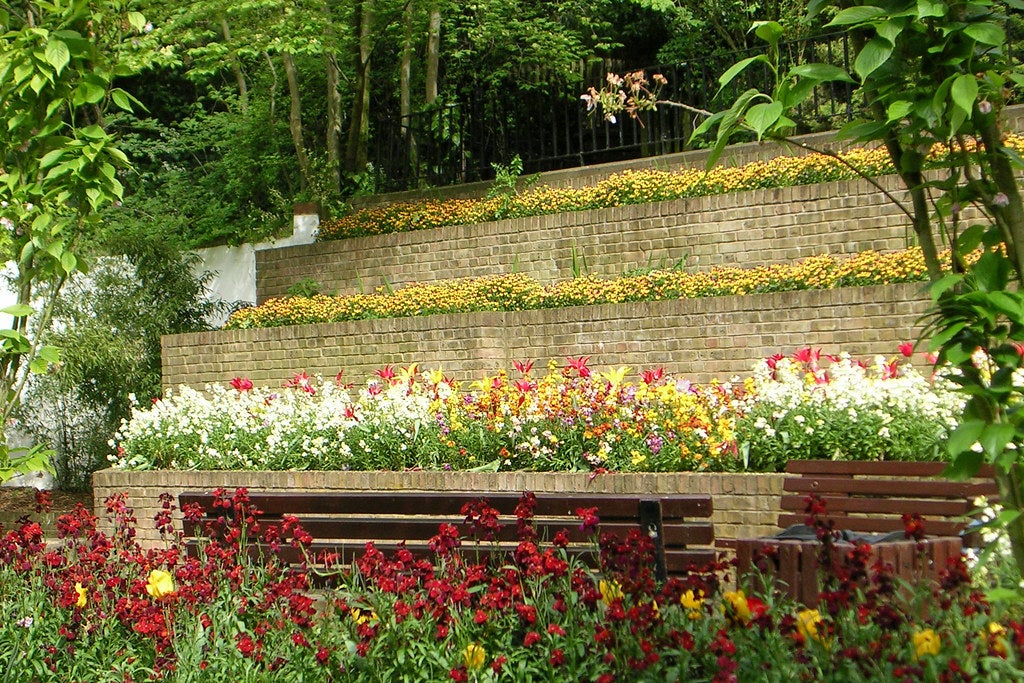
For urban gardeners or those with limited yard space, tiered planters are a compact yet stylish way to enjoy layered gardening. These beds can be vertical stands, pyramid-shaped pots, or stacked containers.
Design Tips:
- Use lightweight materials like plastic, resin, or metal for stacked planters.
- Mix flowers with herbs or even vegetables to create a functional yet decorative display.
- Place trailing plants on the outer edges for a cascading effect.
- Position the planter near patios, balconies, or front porches as an attractive centerpiece.
Plant Suggestions:
- Bottom tier: Strawberries, creeping thyme, or pansies.
- Middle tier: Basil, mint, or small flowering begonias.
- Top tier: Cherry tomatoes, ornamental peppers, or dwarf dahlias.
This style is ideal for renters, apartment dwellers, or anyone wanting a portable flower bed that adds vertical greenery.
Extra Tips for Success with Multi-Tiered Flower Beds
- Soil Preparation: Use nutrient-rich, well-draining soil with added compost for healthy blooms.
- Watering Strategy: Higher tiers tend to dry out faster, so ensure consistent watering across all levels.
- Color Harmony: Combine complementary or contrasting colors to enhance visual impact.
- Seasonal Rotation: Refresh tiers seasonally with different annuals for year-round vibrancy.
- Lighting Needs: Consider plant height and sunlight requirements when positioning flowers to avoid shading smaller plants.
Conclusion
Multi-tiered flower beds are an innovative and visually stunning way to add depth, texture, and beauty to your garden. Whether you prefer the rustic charm of stone-retained layers, the neat lines of wooden beds, or the dramatic elegance of circular designs, there’s a style to suit every outdoor space. Terraced beds bring structure to sloped landscapes, while compact tiered planters offer a solution for small gardens or patios.
By thoughtfully selecting plants and designing layers with care, you can transform your outdoor space into a lush, multi-dimensional haven. Multi-tiered flower beds don’t just add beauty – they create harmony, functionality, and a vibrant environment that celebrates nature at every level.
